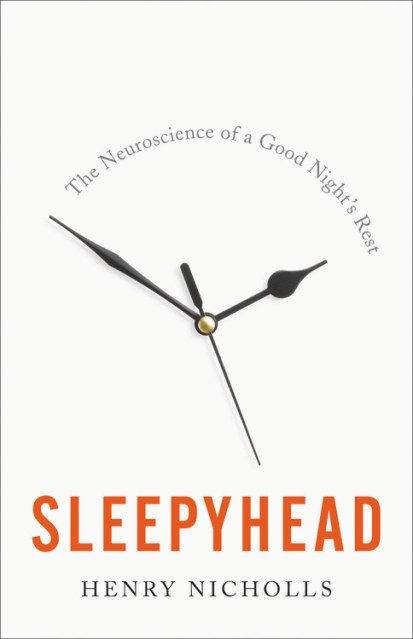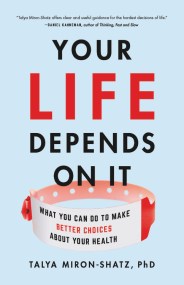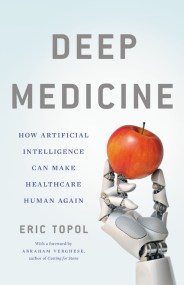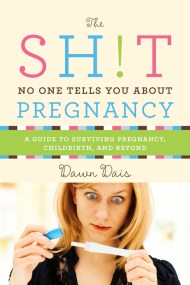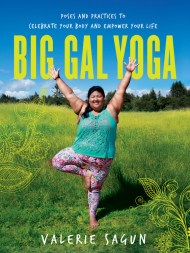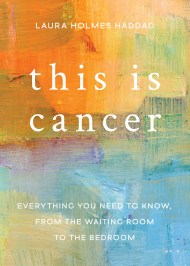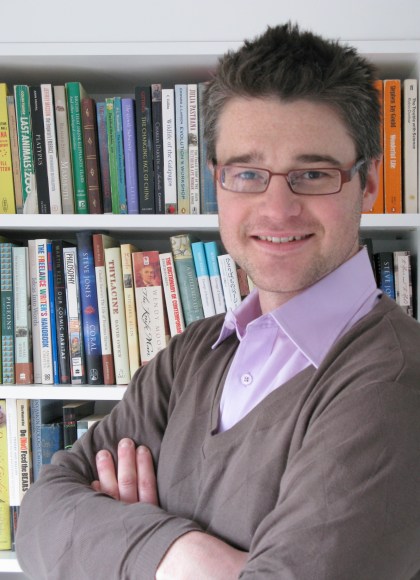Promotion
Use code BEST25 for 25% off storewide. Make sure to order by 11:59am, 12/12 for holiday delivery!
By clicking “Accept,” you agree to the use of cookies and similar technologies on your device as set forth in our Cookie Policy and our Privacy Policy. Please note that certain cookies are essential for this website to function properly and do not require user consent to be deployed.
Sleepyhead
The Neuroscience of a Good Night's Rest
Contributors
Formats and Prices
- On Sale
- Sep 4, 2018
- Page Count
- 368 pages
- Publisher
- Basic Books
- ISBN-13
- 9781541672574
Price
$30.00Price
$39.00 CADFormat
Format:
- Hardcover $30.00 $39.00 CAD
- ebook $17.99 $22.99 CAD
- Audiobook Download (Unabridged)
This item is a preorder. Your payment method will be charged immediately, and the product is expected to ship on or around September 4, 2018. This date is subject to change due to shipping delays beyond our control.
Buy from Other Retailers:
Whether it’s a bout of bad jet lag or a stress-induced all-nighter, we’ve all suffered from nights that left us feeling less than well-rested. But for some people, getting a bad night’s sleep isn’t just an inconvenience: it’s a nightmare. In Sleepyhead, science writer Henry Nicholls uses his own experience with chronic narcolepsy as a gateway to better understanding the cryptic, curious, and relatively uncharted world of sleep disorders. We meet insomniacs who can’t get any sleep, narcoleptics who can’t control when they sleep, and sleep apnea victims who nearly suffocate in their sleep. We learn the underlying difference between morning larks and night owls; why our sleeping habits shift as we grow older; and the evolutionary significance of REM sleep and dreaming. Charming, eye-opening, and deeply humanizing, Sleepyhead will help us all uncover the secrets of a good night’s sleep.
-
"A charming analogy... [Nicholls] covers some fascinating material, from the rare prion-driven disease known as fatal familial narcolepsy to the potentially atavistic nature of cataplexy."Science
-
"Brilliantly clear and enthusiastic... Henry Nicholls manages to combine detail with passion."David Shukman, BBC
-
"The most in-depth and accessible insight into narcolepsy that I've come across."Dan Collins, Fresh Tracks
-
"A thoughtful examination ... thought-provoking, and Nicholls arranges his material expertly, blending the personal the scientific ... an important book about an overlooked side of human experience."Big Issue
-
"Blends personal stories, historic accounts, scientific investigations, and literary references in an engaging chronicle of humanity's quest to understand what sleep is, why it's important for health, and how, as Nicholls writes, 'the pace of modern society poses many threats to the quantity and quality' of it. Sleepyhead is full of surprising and fascinating information about a host of sleep issues, ranging from rare circadian rhythm disorders to the much more common sleep apnea, which put sleep disorders medicine on the map."Project Sleep
-
"Sleepyhead represents a successful attempt by Henry to provide a concise, readable and scientific overview of the sleep disorders most prominent within society, as well as sleep in general...By shedding a light on the most disabling-end of narcolepsy, of cataplexy, of sleep apnoea and so forth, Henry has provided a voice for those that were previously ignored."Jonathan Watkins, Myza
-
"In this charming book, a chronic narcoleptic takes on the curious world of sleep, from the role of dreaming in evolution to why our sleeping habits change as we age."Spirituality & Health
-
"[A] stimulating exploration of sleep... Everybody sleeps, and Nicholls's entry into the genre of pop science books that use the unusual to illuminate the everyday has equally universal appeal."Publishers Weekly
-
"[A] lively, accessible overview ... Nicholls writes fluidly about disorders of sleep, including insomnia, nightmares, and sleepwalking, as well as conditions with wildly bizarre features, from hallucinations to terrors to murderous behavior to paralysis... A fine introduction to sleeping: when it works and when it doesn't."Kirkus Reviews
-
"Expertly weaves anecdote and science."Times (UK)
-
"What good science writing is all about--explanation through a ripping narrative."Independent (UK)
-
"Nicholls' passion for his subject and sense of humour are always evident."Times Literary Supplement (UK)
-
"Henry Nicholls is one of my favourite science writers and this may be his best book yet. He effortlessly weaves his very personal experiences of living with narcolepsy with the history of sleep science (which reads like a great detective story) to create a gripping journey into the mysteries of sleep. Revelatory."Lucy Cooke, author of The Truth About Animals
-
"An authentic and insightful read that brings to life the hopes and dreams of generations of scientific explorers and people in search of a better night's sleep. We all have something to gain from reading Sleepyhead."Julie Flygare, author of Wide Awake and Dreaming
-
"Sleepyhead is utterly engrossing, keeping me awake far past my bedtime. Thoroughly researched and engagingly written."Emma Byrne, author of Swearing is Good For You
-
"A fascinating personal and scientific journey through the mysterious realm that we lose ourselves in for a third of our lives. Dr. Nicholls is an amusing and perceptive host, on a trail from Dionysius to Dante, Dickens to Didgeridoos, as we discover just what our minds get up to when we're asleep."Gaia Vince, author of Adventures in the Anthropocene
-
"The most fascinating sleep book ever."Sarah Franklin, author of Shelter
-
"A fantastic meander through the science and personal experience of narcolepsy--fascinating!"Dr. Guy Leschziner, Consultant Neurologist and Clinical Lead for Sleep at Guy's Hospital
-
"A revelation: perceptive, powerful and passionate."Tim Birkhead, Fellow of the Royal Society
-
"A master raconteur."John Mathew, historian of science
Newsletter Signup
By clicking ‘Sign Up,’ I acknowledge that I have read and agree to Hachette Book Group’s Privacy Policy and Terms of Use
